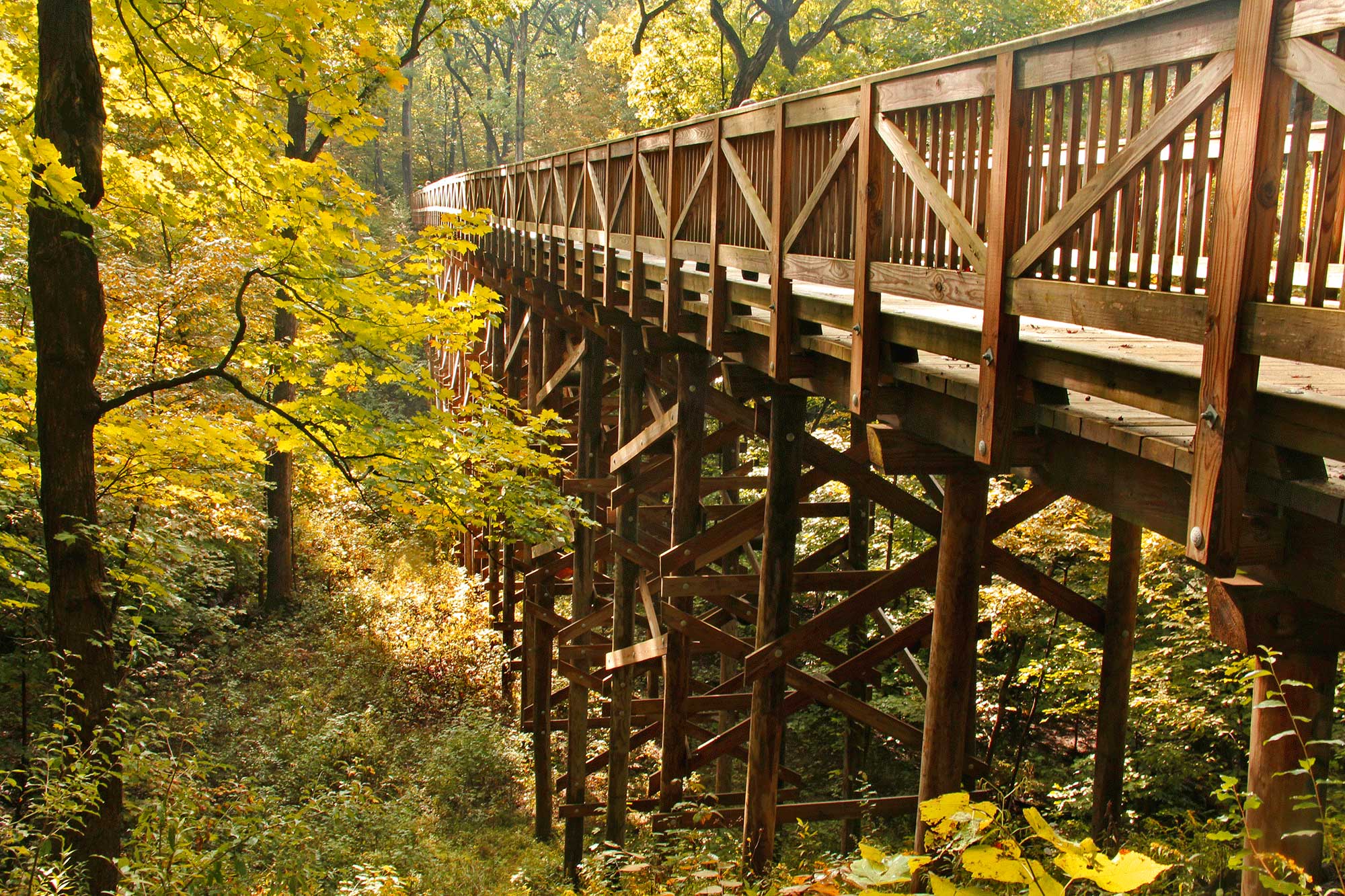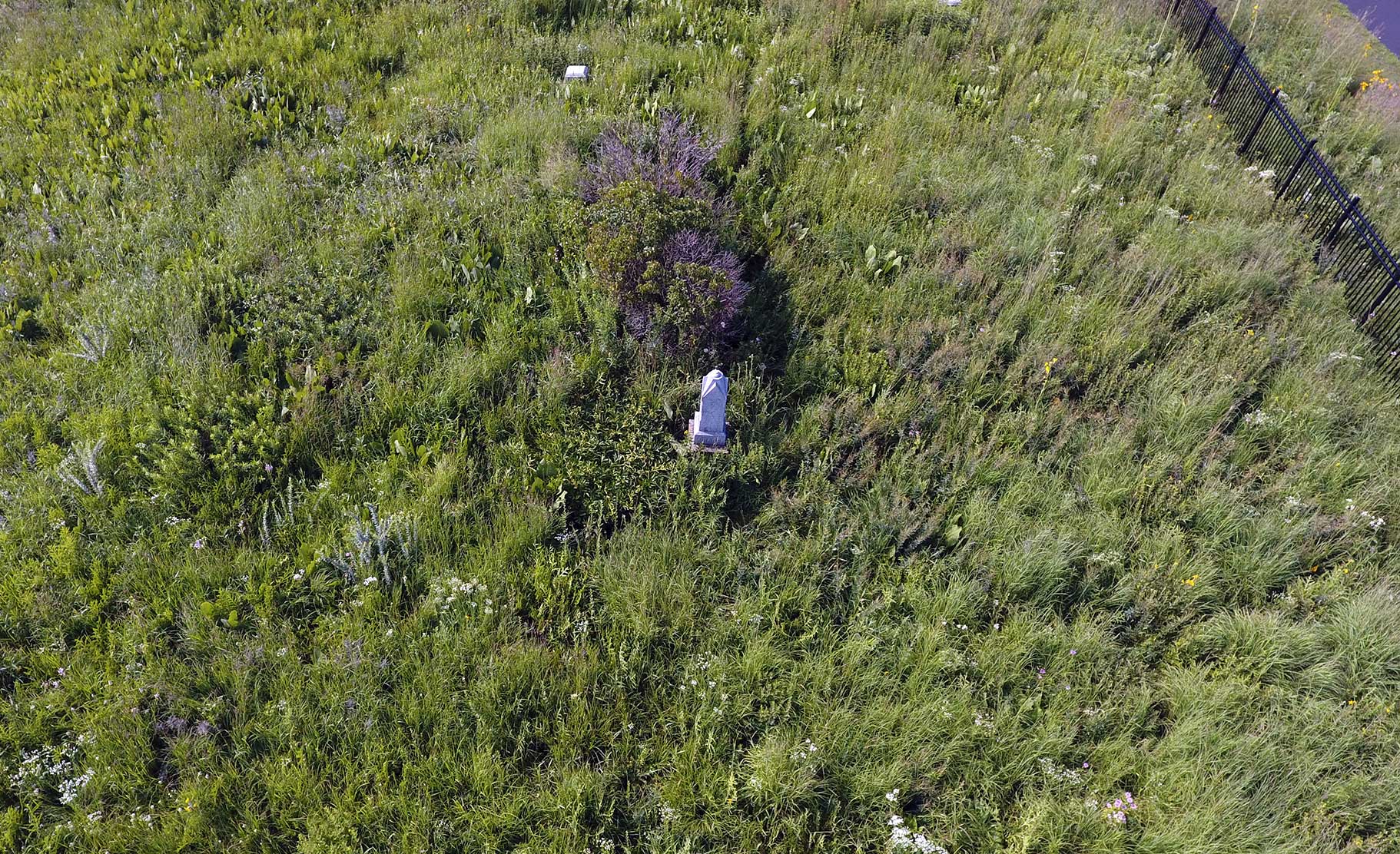| Story by Bruce Hodgdon |
1/18/2018
Of the nearly 70 preserves owned and managed by the Forest Preserve District of Will County, 11 hold special status because of their designation as state nature preserves.
This official designation is assigned by the Illinois Nature Preserves Commission, which is a branch of the Illinois Department of Natural Resources. IDNR’s website recounts the creation of the Nature Preserves Commission: “Rapid changes in land use and expanding urban development prompted the Illinois General Assembly to establish the Illinois Nature Preserves Commission in 1963 to create a system of natural areas representative of Illinois’ landscape. The Illinois Natural Areas Preservation Act (525 ILCS 30) governs the Commission and charges it to preserve, protect and defend natural areas and endangered species habitat for public benefit.” Thus, state nature preserves are given the highest degree of protection from encroachment, development or alteration.
In 2018, the state marked the 40th anniversary of the release of the first Illinois Natural Areas Inventory (INAI), initially published in 1978. From 1975-78, a statewide survey of Illinois’ existing native species populations found 1,085 significant natural areas. This list of natural areas has undergone several updates over the years, most recently in June 2017.
The University Library site of the University of Illinois at Urbana-Champaign explains the importance of the INAI in land preservation. “The Illinois Natural Areas Inventory program is administered by the Illinois Department of Natural Resources Division of Natural Heritage. It is a separate program from the Illinois Nature Preserves Commission, and INAI sites do not automatically become Nature Preserves. However INAI work can inform the selection and designation of Illinois Nature Preserves.
“The Illinois Natural Areas Inventory provides a set of information about high quality natural areas, habitats of endangered species, and other significant natural features. Information from the INAI is used to guide and support land acquisition and protection programs by all levels of government as well as by private landowners and conservation organizations.”
Because of nature preserves’ protected status, typically the only alterations made to the land by the Forest Preserve are the additions of public parking accommodations, latrines and hiking trails. Dogs are also prohibited from dedicated nature preserves.
Ralph Schultz, chief operating officer for the Forest Preserve, summarized the importance of the Illinois Natural Areas Preservation Act to the District.
“There have been many times when the additional protection provided under the Illinois Natural Areas Preservation Act has been instrumental in protecting our Will County natural areas and mitigating damage or loss that could have occurred due to changes in land use or development proposals,” he explained.
Along with ownership of these preserves comes the responsibility of managing them. In order to maintain the native species that these lands protect and to eliminate non-native, often aggressive species that are introduced into the preserves, the Forest Preserve systematically uses invasive species control, prescribed burning and habitat restoration.
“The Forest Preserve’s preservation and land stewardship programs have always been focused on the protection and management of the highest quality natural habitat remnants in the county,” Schultz said. “The ability and responsibility to protect these sites for people today and for generations to come is at the core of our purpose.”
Ten of the Forest Preserve’s 11 state nature preserves are on the INAI list. Here is a look at these dedicated nature preserves, and the important natural features found at each location:

)
)
)
)
)
)
)
)
)
)